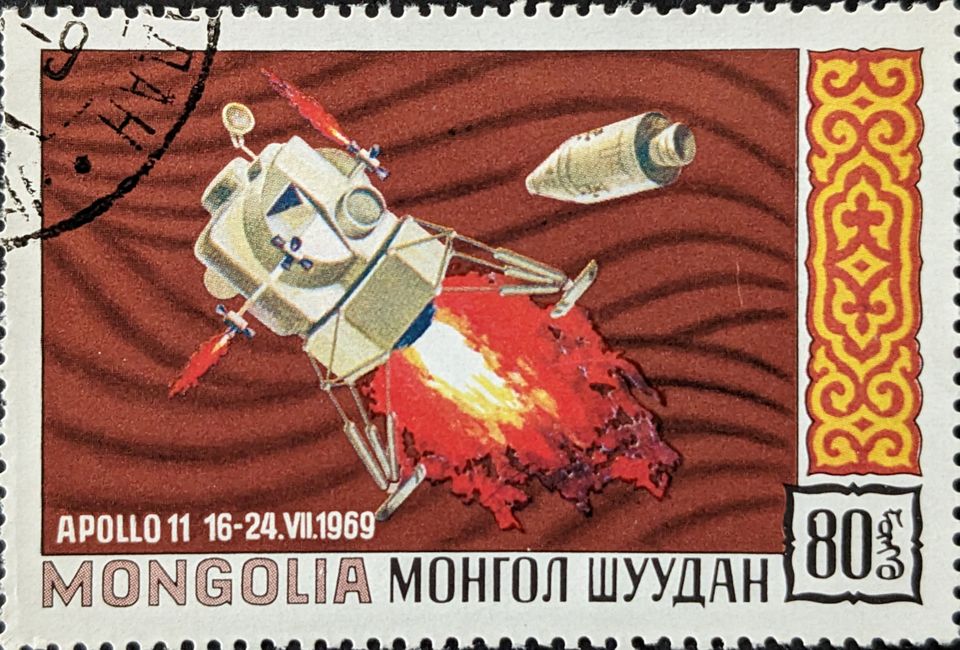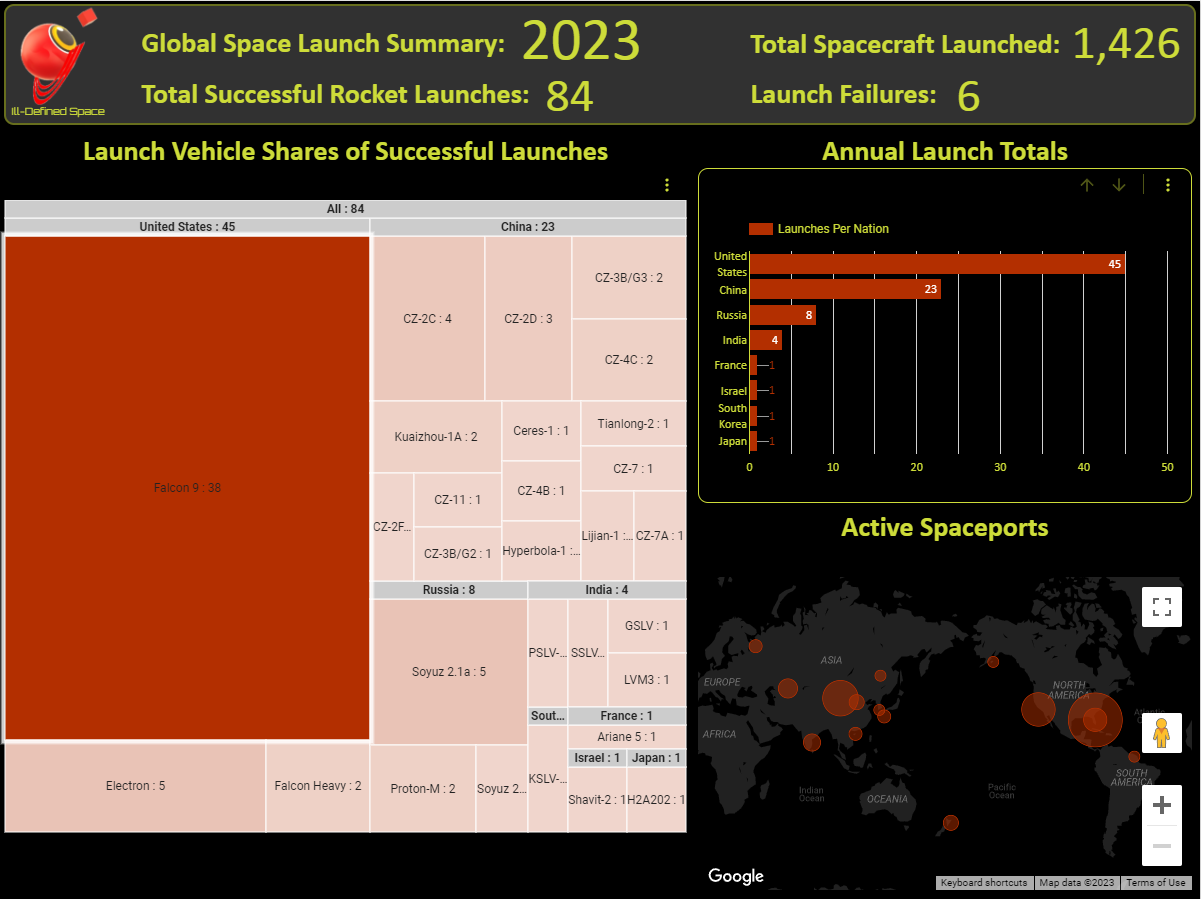More GuoWong: Puzzling Optimistic Numbers

One Rocket will Answer the Call
A little over three months ago, I provided an analysis of China Satnet’s plans to deploy nearly 13,000 GuoWong (GW) satellites. I went over their rationales for getting the system into orbit and some of the challenges of launching those satellites. It wasn’t to say it couldn’t be done. However, the most dubious proposition of the GW deployment plan was that “...the number would rival the scale of SpaceX’s planned network of more than 12,000 satellites by 2027.”
In a more recent South China Morning Post (SCMP) article, China Satnet’s scheduled deployment goal of 2027 still seems to be in place. The article begins with a blurb that a factory is being built in Wenchang, Hainan Island, China. When finished, that factory will manufacture 50 Long March 8 (CZ-8) rockets annually.
The article identifies the CZ-8 as the launch vehicle that will be used to deploy most of the GW satellites. The CZ-8 will deploy the GW satellites into a sun-synchronous orbit (SSO) that is slightly higher in altitude than the orbits that Starlink satellites are in. The China Academy of Launch Vehicle Technology (CALT), the CZ-8’s manufacturer, lists the current upmass capability to an SSO of 700 kilometers as 5,000 kilograms. That’s about a third of the Falcon 9’s 14,000 kg of Starlink satellites deployed into SSO from Vandenberg Space Force Base. The article notes that “[t]he Long March 8 is a low-cost, non-reusable rocket that can house more than 20 Starlink-sized communication satellites.”
A SpaceNews article also noted that maybe the CZ-5B, a much larger launch vehicle with a 25,000 kg low Earth orbit upmass capability, would be used to deploy a few GW satellites. This was an option I noted in my earlier analysis as a possibility, but one unlikely to launch at the cadence necessary to meet China Satnet’s deployment goals. The SpaceNews reporter agrees with that assessment. The article also notes that CALT is considering an updated CZ-8 (to CZ-8G) which would increase the upmass capability to 6,400 kg.
With those data and plan updates out of the way, let’s dig in! Also, I’m not the best mathematician, so if there are any errors, don’t be surprised. But also, please let me know.
SpaceX Established the Baseline
Since China’s program managers are comparing their rockets and satellites to SpaceX, let’s start with some SpaceX and Starlink statistics. From the time SpaceX first hurled Starlink satellites into orbit in May 2019 through June 4, 2023, the company has conducted 88 launches with some number of Starlink satellites as payload. On an annual average, that’s 22 Falcon 9 launches during the past four years. SpaceX has increased the number of Starlink launches each year, from two in 2019 to 34 in 2022. For 2023, the company has launched 19 times to deploy Starlinks into orbit.
The resulting satellite deployments are massive, with nothing even closely comparable to draw from in space operations history. SpaceX has managed to launch over 4,500 Starlink satellites during that time. Some of those didn’t make it to orbit and a few more have deorbited, but the deployment rate is still astonishing. SpaceX managed to deploy those thousands in four years, averaging slightly over 1,100 Starlink deployments each year. The greatest number of Starlink deployments was in 2022, with over 1,700 satellites deployed. Five months into 2023, SpaceX has deployed nearly 900 Starlinks.
On average, SpaceX has been deploying 51 satellites per Falcon 9 launch during the last four years. Assuming that’s the baseline for GW deployments and CZ-8 launches, are the stated goals to deploy about 13,000 satellites using the CZ-8, and occasionally, the CZ-5B, achievable?
Digging for Data
There are some challenges with this question. GW satellites may not even exist yet. China Satnet has talked about the desired number of GW satellites, but at the time of my previous analysis, it seemed as if the company was introducing requirements creep. The desire to add more capability to GW satellites indicates that three months ago, the satellites weren’t being manufactured yet. That, in turn, means that data such as mass and size, aren’t available (and might never be anyway).
But we do get that hint from the earlier quote about the CZ-8. It apparently can house over 20 “Starlink-sized” satellites. Perhaps that’s the size China Satnet is aiming for, but even then, it’s difficult to understand what the company means by size. For simplicity’s sake, I’ll be using mass as the size.
Even that comparison is problematic, as there are multiple masses for Starlink. A good chunk of Starlink satellites deployed had a mass of 260 kg. More had about 307 kg of mass. The V2 Starlink mini versions being mixed in are more than double that, at about 810 kg. Calculations in this analysis will assume “Starlink-sized” is referencing one of the two smaller mass satellites.
So, 20 GW satellites might have a total mass of 5,200 kg with each satellite weighing 260 kg, or 6,140 kg for 307 kg per satellite. That exposes a problem with the launch plan of 20 satellites per CZ-8 launch (remember, it can lift only 5,000 kg to SSO). If China Satnet’s GW satellites have a mass of 260 kg, then the CZ-8 can lift maybe 19 GW satellites. For satellites weighing 307 kg, that number goes down to, at most, 16 GW satellites per CZ-8 launch.
At 19 satellites per launch, the CZ-8 must be launched 58 times per year to get to SpaceX’s annual Starlink deployment average of 1,100. Throwing in a few CZ-5B launches might shave eight launches off. Assuming 50 launches per year would result in 950 GW satellites in orbit, but when will the CZ-8 be manufactured at the maximum annual rate of 50? It’s only launched twice so far, at less than one launch per year annually. The required number of CZ-8 launches increases when launching only 16 satellites at a time, to 69 (I’m not making that up). Fifty CZ-8 launches with 16 satellites on board would result in 800 satellites being deployed annually.
Their Words Don’t Add Up
Even if we accept that there would be 20 satellites per CZ-8 launch, the 55 launches required still exceed the projected annual launch vehicle manufacturing capability of 50. But one CZ-5B launch could help with that. An added complication, one that we’re seeing here in the U.S., is that Wenchang may not be able to support 50 CZ-8 launches per year for now. It might make more sense to launch the CZ-8 from Jiuquan or Taiyuan for SSO, anyway.
Assuming, however, that everything works out according to the experts interviewed in the SCMP articles. Perhaps the CZ-8 can be used to send “...more than 1,000 satellites into space every year…” Does that math even make sense using that number? Remember, 2027 is less than four years away. It took SpaceX a little over that to deploy 4,500 Starlinks while experiencing no failures. One thousand satellites, multiplied by four years, equals–4,000 satellites. That’s 9,000 shy of the 13,000-satellite goal in the article.
It’s also 500 satellites shy of SpaceX’s deployments so far. Based on SpaceX’s increased launch cadence using Falcon 9 only, the GW constellation’s 4,000 satellites will be 5,000 satellites shy of Starlink’s updated total (probably more, if SpaceX keeps ratcheting up its launch cadence).
Considering the numbers touted in the SCMP article, possible mass ranges, etc., it’s extremely unlikely China Satnet will have even close to 4,000, let alone 13,000, GW satellites in orbit at the end of 2027. It will likely have a lot of satellites deployed, and if it moves quickly, will take, and keep second place from Amazon’s Kuiper constellation. However, it’s also not competing in the same market space that Starlink or Kuiper are in (which should be a relief for Amazon).
This doesn’t even address the weirdness of the narrative being painted in the SCMP articles, that these satellites and launch vehicles are just like SpaceX’s Falcon 9 and Starlink. That they can launch nearly as quickly and provide a similar service. Except that they aren’t, can’t, and don’t appear to come close to their competition’s performance envelopes. This isn’t to say that China Satnet won’t successfully deploy a GW satellite constellation–it’s just that it remains unlikely to do so by 2027.
A Bonus for Subscribers
Yes, a bonus for those of you who have signed up for the weekly newsletter.
I’m contemplating offering dashboards, and charging for the data as I aggregate and update them. However, there are three pages I am inclined to offer up for free, and you’re getting a peek at the “beta” versions of these pages. Here’s a peek at one of the pages:

There are two others, a latest launches (past week) dashboard and a spacecraft summary for 2023. You can see all three by clicking on this link: https://lookerstudio.google.com/reporting/699ab106-4b2f-4f50-ac4e-759e2d15c650 .
Please, don’t be put off by the address. Looker Studio is Google’s version of business intelligence software. Why the company used the name “Looker” is beyond me as it’s kind of creepy.
That said, if you decide to look at the report, please click around on it and play with it. It’s responsive and you can even right-click to get some other data. Even better, any kind of feedback from you would be totally awesome and appreciated. I am aware there are others who provide similar information. However, I want to make this a useful tool that is easily understood and delivers concise, updated information at a glance.
So, this is my “thank you” to you and the space community for your kind words and support. At the same time, this is the start of efforts to make a living off my work. I’d like to keep offering up the weekly analysis for free. As you can imagine, using the data you see here helps with that. But getting a sponsor for the dashboards and subscribers to data which will eventually be comprehensive AND useful, is another step for me and Ill-Defined Space.
Thank you again!
–John




Comments ()